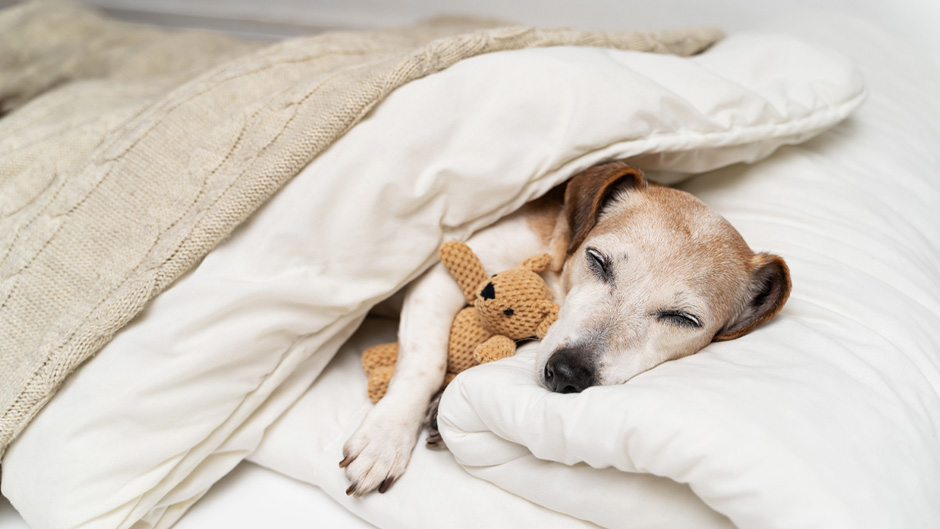In Spain and in many Latin American countries, residents take a respite after lunch to nap. “Siesta” time is an almost sacred tradition.
In some businesses in Japan, employees are encouraged to take a short nap with the hope that it will increase their alertness and productivity.
If you’re a nap fan, you’re not alone. About four out of five U.S. adults—80.7 percent—reported taking at least one nap of 10 minutes or more in the past three months, according to a recent survey from the Pew Research Center. The same survey revealed that 30.5 percent of adults nap more than once a week.
Napping spikes among older adults. More than half of adults ages 80 and older say they napped in the past day. Among every other age group in the survey—including both the young (ages 18 to 29) and the older (ages 70 to 79)—about a third said they napped in the past 24 hours.

Dr. Maria V. Suurna, professor of clinical otolaryngology at the University of Miami Miller School of Medicine and director of sleep surgery at UHealth – University of Miami Health System, addresses questions about napping.
Is napping a good thing?
It depends. Short naps of no more than 30 minutes during the day can help restore alertness and productivity, making you feel more awake. It’s similar to the effect of drinking a cup of coffee. There’s nothing wrong with taking a nap, but it’s important not to make it too long. It may be helpful to set an alarm for 30 minutes, especially if it’s late in the afternoon, to avoid interfering with your nighttime sleep.
Is napping more prevalent in certain cultures?
Yes, it's common for people to feel sleepy in the afternoon, especially after lunch. This natural dip in energy levels around midday often leads people to want to take a nap. In some cultures, especially in hot climates, napping is more common. The tradition of taking a siesta, or afternoon nap, is prevalent in regions where the midday heat makes it difficult to be productive. Taking a mid-afternoon break, which often includes a nap, helps people escape the heat and allows them to resume their daily activities after the temperature drops.
Should you nap if you have trouble sleeping or staying asleep at night?
If you have trouble sleeping at night, it’s generally not recommended to nap during the day, as it can make it harder to fall asleep and get a full 7-9 hours of sleep at night. However, if you feel consistently sleepy during the day, despite getting enough sleep at night, it’s worth investigating why this is happening.
What are some good habits to keep getting consistent good sleep?
Good sleep habits are crucial for improving the quality of your sleep. Some helpful practices include:
- Going to bed and waking up at the same time every day.
- Avoiding electronics, TV, and other screens at least 30 minutes before bedtime.
- Reducing exposure to bright lights in the evening.
- Keeping your bedroom cool, dark, and quiet.
- Avoiding alcohol and caffeine in the afternoon, as they can interfere with sleep quality and contribute to insomnia.
- Being mindful of medications, as some may have sedating side effects while others may act as stimulants, making it harder to stay asleep.
When should one consult a sleep doctor?
If you feel excessively sleepy during the day, often falling asleep during meetings or, more dangerously, while driving, it’s important to consult a doctor. Needing to take multiple naps throughout the day could be a sign of sleep problems such as sleep apnea, hypersomnolence, or other sleep disorders. A medical evaluation can help identify and address any underlying issues.

